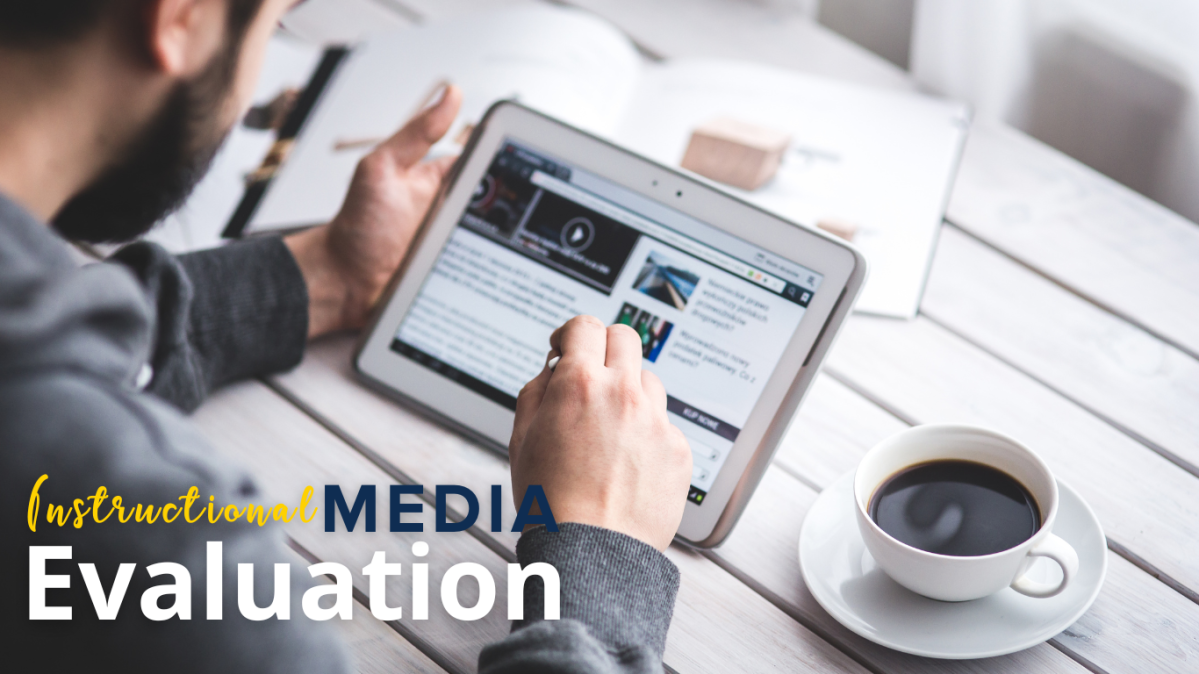This post was co-wrote by Ann Broda and Jess Pierce .
A course’s design includes many dynamics which can alter how it’s implemented. In addition, the instruction process may provide different results when it comes to meeting objectives, therefore the success of a course and its impact on student learning varies greatly. With these differences in learning spaces and learners it is often hard to know where to begin with design. But, even with various learning environments and stakeholder needs, some concepts of course design and evaluation transcend being environmentally specific—and these heuristics can be helpful tools for all learning spaces. As Ann and I reviewed various concepts and theories behind course design for this blog post, we discovered two essential components instructional designers can use in course design to create effective learning and the positive results of implementing them in the online modality: learning needs analysis and Constructivism.
Continue reading “Finding the Middle Ground: Connecting the Dots between Learner Needs and Learning Theory”










You must be logged in to post a comment.